CPG Marketing: The trends, brand strategies and campaigns to watch
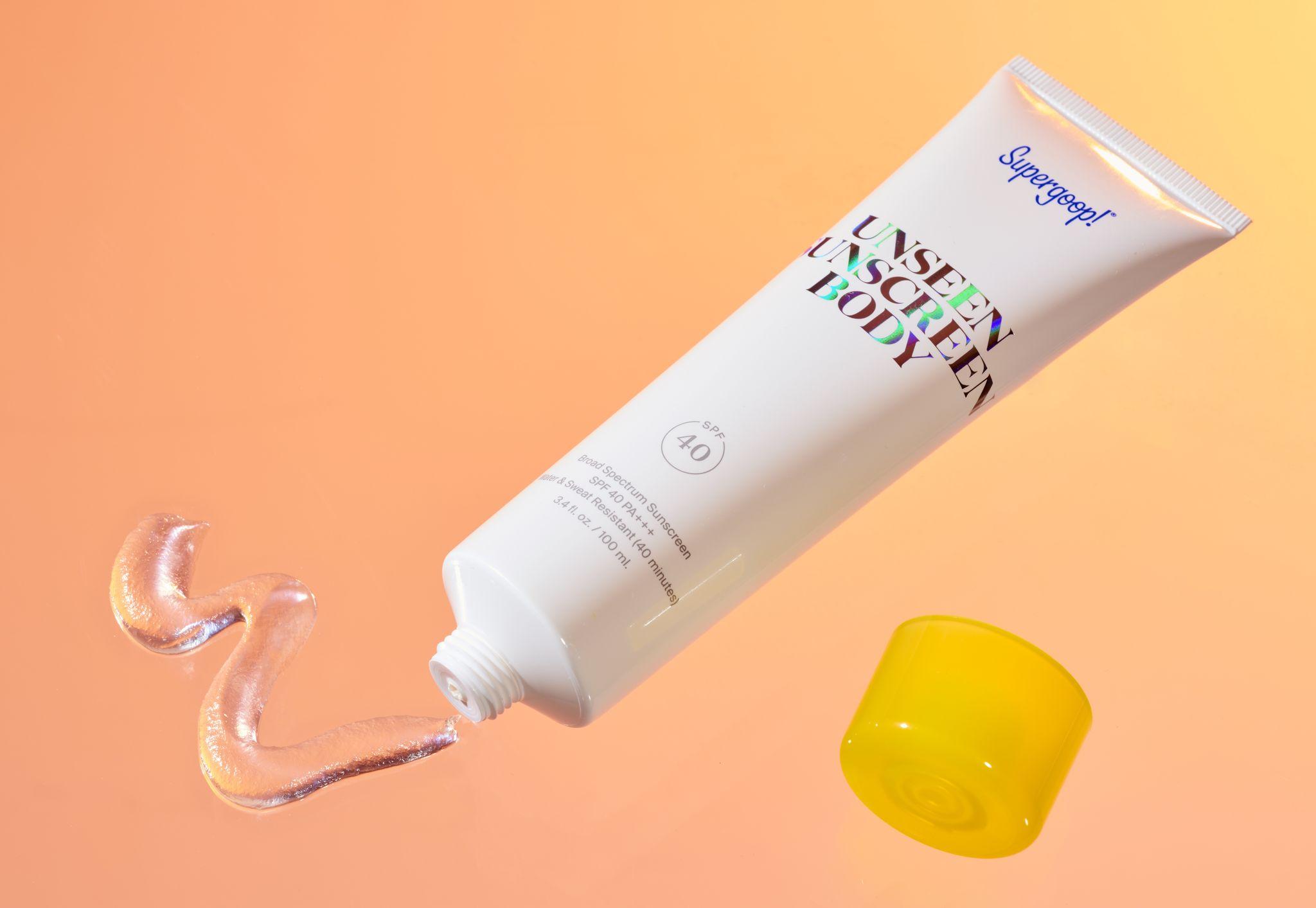
Makeup. Toilet Paper. Milk. Cleaning products. Bread. What do these items all have in common?
Besides regularly showing up on your weekly shopping list, all these products are consumer packaged goods (CPG). One of the largest sectors in North America, CPG contributes a whopping $2 trillion to the GDP of the United States, opens in new tab.
Since CPGs generally have short lifespans and are replaced quickly, CPG brands have regular opportunities to influence consumers into buying their products, making it an extremely competitive sector. As the sector evolves into a digital-first era, we can’t stress the importance of staying on top of the latest CPG marketing trends, campaigns, and strategies to set yourself up for success.
If you’re not sure what CPG marketing is exactly, want a comprehensive overview on the state of the CPG industry, or just need inspiration for your next CPG marketing campaign, keep reading. In this article, we dive into everything you need to know about CPG marketing in 2024.

The state of the CPG market: facts and stats about consumer packaged goods 📈
Let’s get a sense of what the CPG market in the U.S. is like with some high-level stats to set the stage.
- In 2024, the value added to the CPG market will reach a projected $821 billion, opens in new tab in the U.S.
- Over 25%, opens in new tab of the total budget of CPG companies goes to advertising and marketing: that’s the most of any other sector in the U.S. by a long shot, with retail wholesale coming next at 14.52%, opens in new tab. The spending is the highest in the grocery store industry, nearing $2 billion., opens in new tab
- Two-thirds, opens in new tab of the top 100 CPG companies are in the food and beverage industry. Next is cosmetics and personal care.
- The CPG industry is one of the top spenders in digital advertising at $39.5 billion., opens in new tab
- The health and wellness CPG space is booming and is projected to hit a $7 trillion market size by 2025., opens in new tab
- The pet care market was valued at $246 billion, opens in new tab in 2023, and is estimated to reach $427 billion by 2032.
- Almost half, opens in new tab of all consumers have purchased smaller or private-labeled products since the pandemic.
Obviously these statistics only scratch the surface of the many sub-sectors the CPG space covers, but hopefully it helps to give you a sense of just how incredibly vast the playing field is.
The trends shaping CPG brand marketing strategies 🛍️
Bold campaigns, imaginative new products and personalized marketing is what we expect to see this year industry wide. Here are a few more notable trends that the data suggests will be having a massive impact on the CPG market.
The importance of longevity 🧘
Not only have consumers been purchasing fewer items, they’re shelling out more cash at the same time., opens in new tab Part of this is because of price increases, but one-third of consumers shopping for personal care products said it’s because they stocked up on purchases or buying goods that can last longer. For household items, it’s 25%. Note: this trend is reflected across older consumers like Baby Boomers, while Gen Zers are still spending more on non-essential purchases.
Sustainable packaging ♻️
While factors like price and quality rank high on customers’ buying criteria, 43% of consumers, opens in new tab factor the environmental impact of a product when making a purchase.
In fact, half of US consumers surveyed were willing to pay a small premium for sustainable packaging. With more eyes on the use of plastic and a growing awareness of the environmental damage it causes, we’re seeing that the global sustainable packaging market — valued at $271 billion in 2023, opens in new tab — will reach $393 billion by 2028.
Plant-based food and personal care 🌱
Between 2023 to 2033, the global plant-based food market is expected to triple in growth, with a CAGR of 12.2%, opens in new tab. As consumers become increasingly aware of the ecological impact and animal welfare issues surrounding meat and dairy, many consumers are opting for a flexitarian, vegetarian, or fully vegan lifestyle to help cut greenhouse gas emissions by two-thirds.
That’s why brands like Oatly, NotCo, and Beyond Meat have seen strong mainstream success in past years. There’s also been rising demand for vegan cosmetics, with the market size valued at $27 billion in 2023 and predicted to nearly double by 2031., opens in new tab
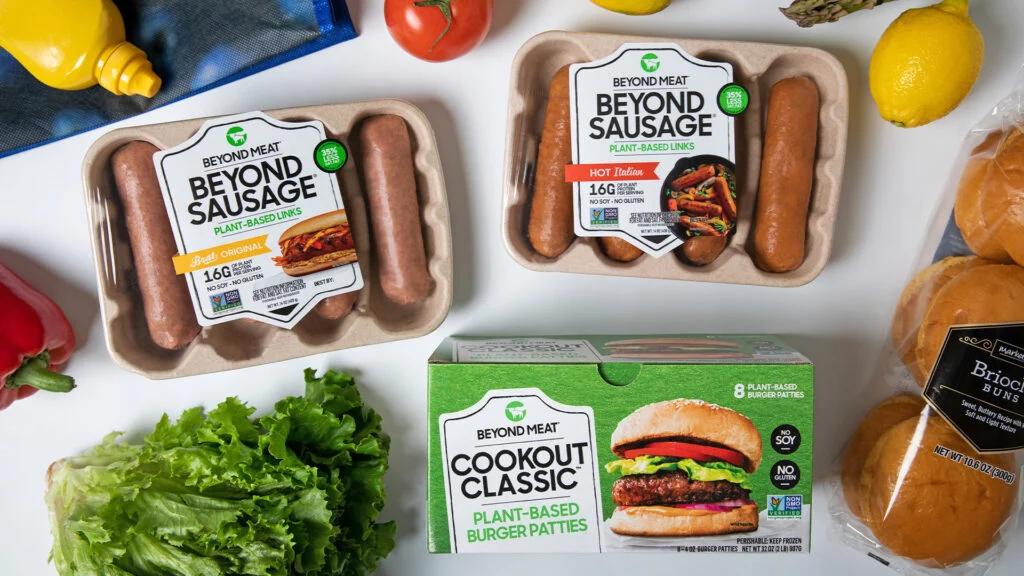
Growing reliance on retail media advertising 📣
There’s been a sharp increase in CPG advertising spend on retail media advertising. That’s because more companies are relying on retail media networks, opens in new tab (RMNs) which is when retailers use their own systems and infrastructure to assist advertisers in reaching consumers. Think: Walmart Connect or Amazon Ads (which owns 75% of the space).
RMNs — heralded as “one of the most effective methods of commerce marketing” — are projected to reach $85 billion by 2026, opens in new tab, in part because retailers’ profit margins can reach as much as 90%., opens in new tab
Brand tracking to prove marketing ROI 📈
We’ve already mentioned this point, but it’s worth mentioning again: CPG brand marketing is cutthroat. If you don’t have a framework in place to understand and measure your brand health, you'll have no idea if your brand awareness strategies are working.
That’s why successful companies use brand tracking and brand management to underscore the importance of brand marketing and its ROI, but also to help shape achievable objectives and key results.
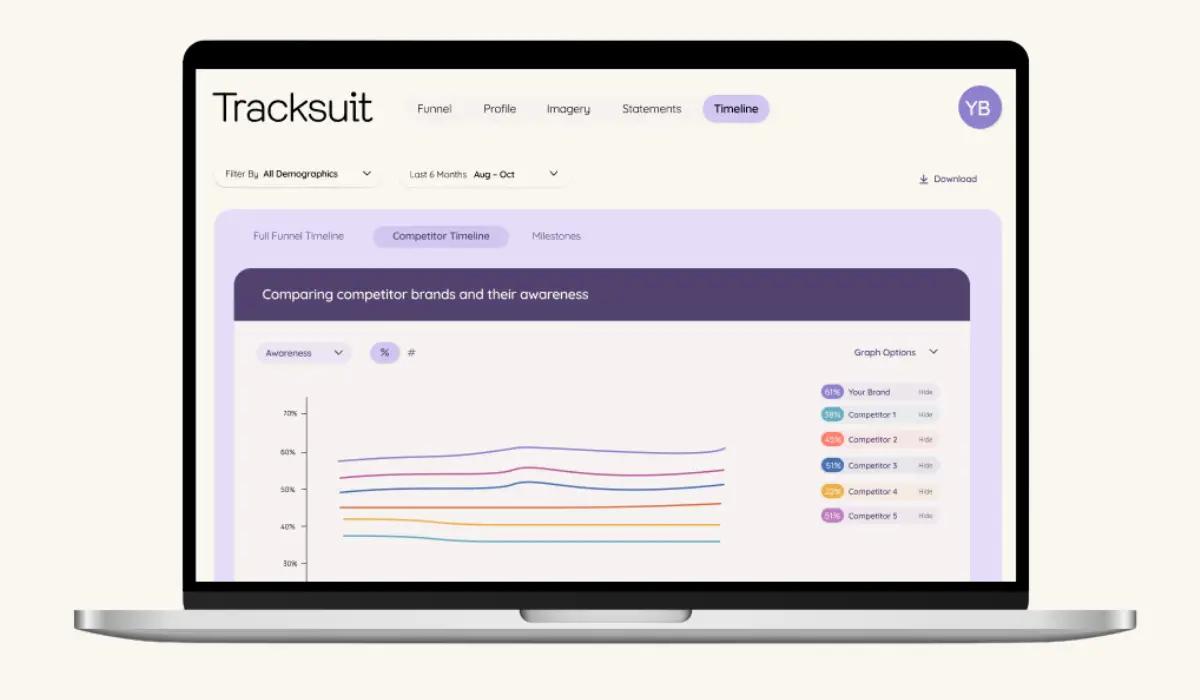
As brand takes center stage, these strategies will help you slay ✨
When it comes to CPG marketing, having a strong brand is everything. Here are the strategies you could consider implementing to further strengthen your brand.
Find the right budget split between brand and performance marketing
Performance marketing is generally focused on an immediate ROI and is measured by how much it drives specific, quantifiable actions like leads or clicks. This includes PPC, email, and social advertising.
Meanwhile, brand marketing seeks to foster and build awareness of a brand’s identity and values, generally tapping into what we like to call Future Demand. Brand marketing is most commonly used on OOH advertising, but can be utilized through most other channels. It sometimes get a bad wrap because it’s harder to measure its impact (until brand tracking platforms like Tracksuit made it simple and affordable).
If you really want to develop your brand and set it up for success, you need to find the right balance between the two types of marketing. That’s because you want to not only drive sales, but to build a lasting emotional connection with your target audience. Striking the right balance will vary depending on a lot of factors, but a good rule of thumb that’s been backed by years of research is a 60:40 budget split in favor of brand marketing.
Sign up to Shorts
A fortnightly newsletter with exclusive brand insights, useful marketing tips, and a round-up of all the stories you should know about.
To help brands determine the right budget split for them based on their industry, size and positioning, we built a marketing budget calculator that you can use to calculate your own performance to brand marketing budget split so you can sustainably grow your business. Find out what your CPG marketing budget split is using our free tool.
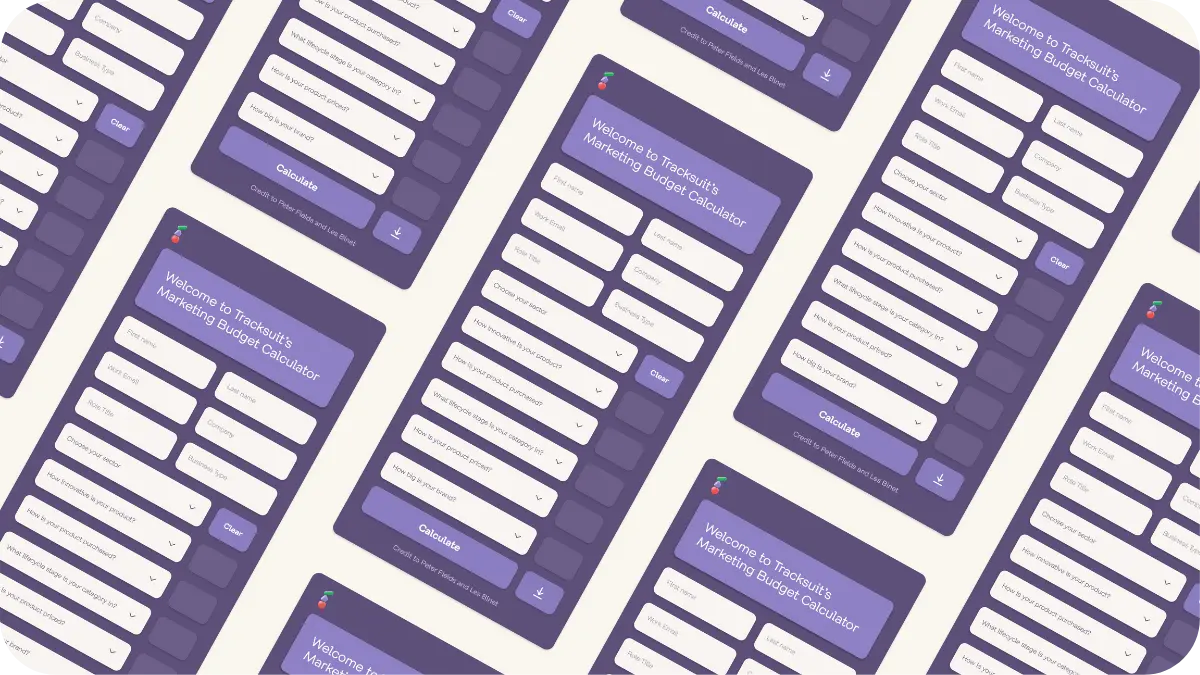
Benchmark your brand against competitors in the CPG category
To create a brand that’s in it for the long haul, you want to have a deep understanding of what makes you stand out and how you’re stacking up against your competitors.
That’s why we did a deep dive into millions of data points and surveyed over 100,000 people and 1,100 brands to create a powerful brand growth benchmarks tool. With this tool, we’ll help you find out just how great your brand marketing is compared to the other businesses in your industry, providing you with actionable data-driven insights to adjust your strategy as needed.
Bring brand data to internal stakeholder meetings to drive buy-in and brand investment
One of the top pain points marketers go through is the seemingly endless struggle of getting buy-in from executives or higher ups, which is why using brand data is the best way to guarantee marketing investment.
As such, you need to make sure your marketing goals line up with your business’ success metrics, or use data visualization to help other departments in your company understand the importance of brand marketing. By investing in affordable, always-on brand tracking, you can secure executive buy-in and drive increased brand performance.
The best CPG marketing campaigns that have caught our attention 😍
Ok, so we’ve gone through a lot of theory so far. Let’s bring it all together and make it a little more tangible with just a few CPG brands we just can’t get enough of. Hopefully this sparks your interest, gets your creative juices flowing, and gives you some ideas for your CPG marketing strategy.
frank body
If there’s a brand that stands out because of its unique voice, it’s frank body. The POV of this personal care/cosmetics brand is often in the voice of the products, cheekily referring to potential consumers as “babe.”
frank body isn’t afraid to get up-close and intimate, using short zingers that catch the eye of shoppers and help build brand equity. Will this work for everyone? No. Does it make an impact and linger in the back of your mind? Absolutely.
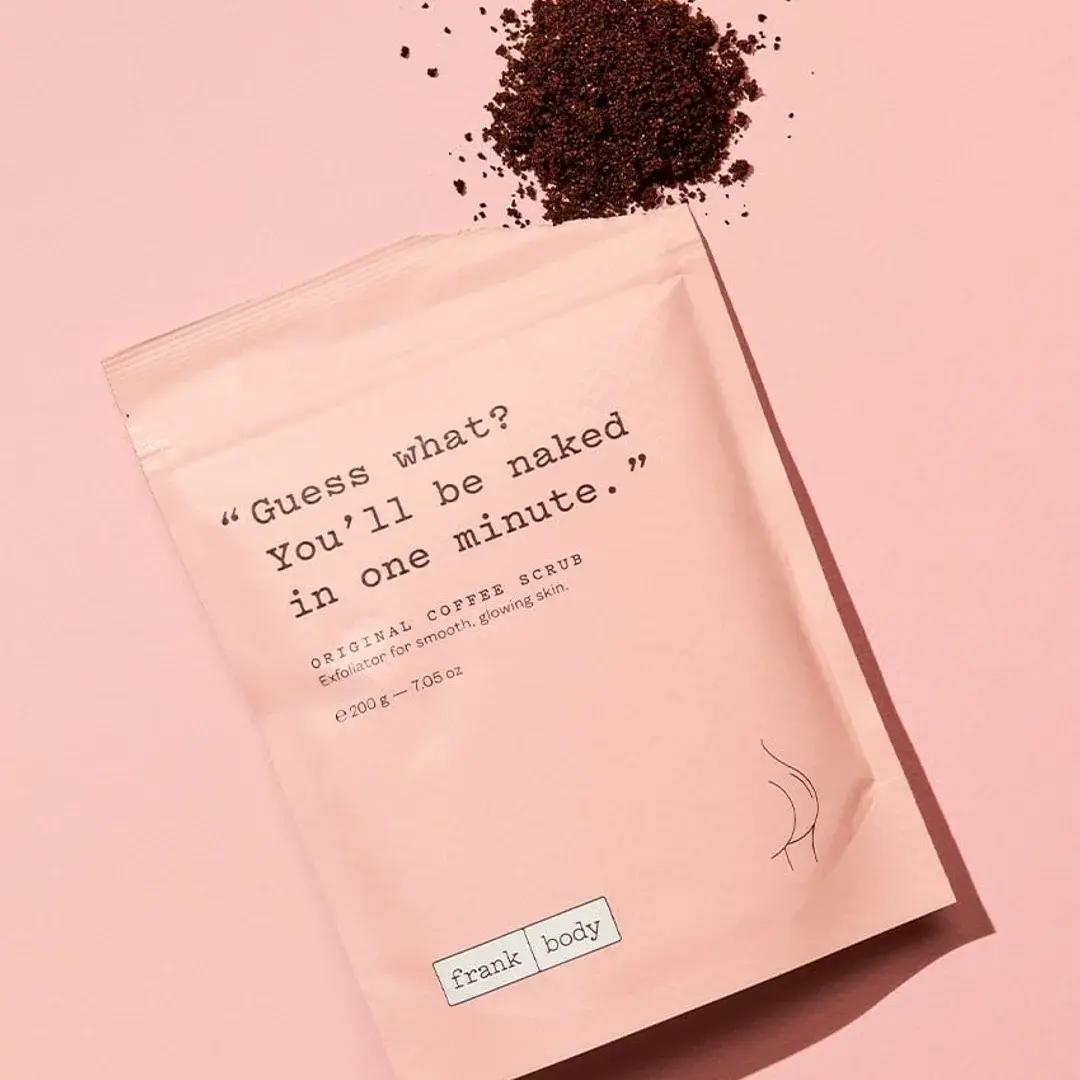
If you make sure that your brand voice has a spark, you’ll be doing something that a lot of CPG brands forget eventually: that you’re marketing to customers, not faceless brands or corporations. If you’re personable, empathetic, and real, you’ll be able to make a lasting impression. In our opinion, frank body does all that and more.
Watch the campaign here., opens in new tab
Aura Bora
The CPG vertical’s always competitive, but even more so when it comes to sparkling water. Aura Bora is a fun, playful sparkling water brand that’s been able to differentiate itself in an extremely cutthroat environment. How? Aura Bora is a Tracksuit client, and used our insights to ensure that its brand elements such as imagery, website design, and USPs land with its customers.
Aura Bora also used brand-centric Instacart ads to scale its CPG brand. As Paul Voge, the company’s CEO said, opens in new tab, “Instacart’s great because we can introduce folks to this product…it’s an amazing way of holding your brand equity.”
So even if they’re not buying the product immediately, potential customers become introduced to Aura Bora and will consider purchasing the brand when they go further down the marketing funnel.

Nature’s Fynd
Our own data shows that 63% of the U.S. population has bought meat or dairy alternatives in the past 3 months or is considering it. But how do FMCG brands make sure that customers consider their brand?
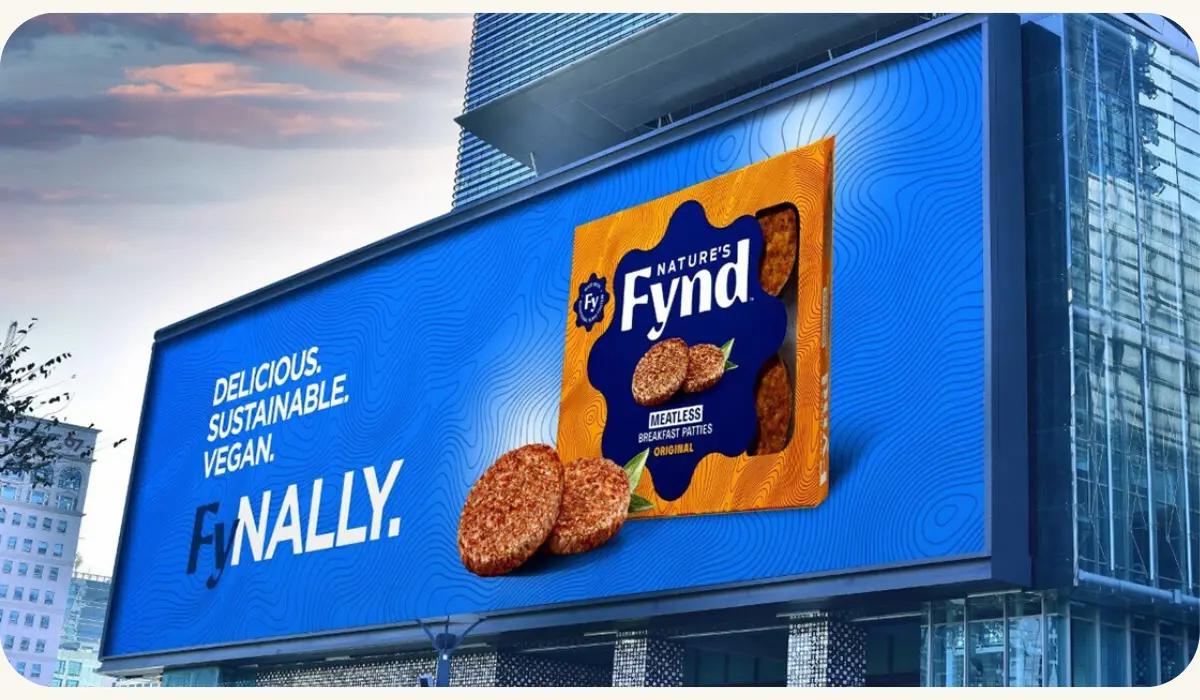
Nature’s Fynd is a relatively younger brand backed by Bill Gates that's focused on getting eyeballs on its innovative products (like its fungi-based yogurt). The company does this partly by being where its customers are.
As Brian Frances, Senior Director of Innovation & Insights at Nature's Fynd says, the brand will establish its presence “whether it be a vegan food festival, climate change summit, future food tech conference, or farmer's market."
Nature’s Fynd also builds strong brand equity through a catchy slogan for the Fy™ Yogurt: Indulgent AF (As Fungi), or through the above ad where it spelled finally as FyNALLY. And by using Tracksuit to set and track KPIs, Nature’s Fynd is able to reap invaluable insights and steer its brand building endeavors.
Watch the campaign here., opens in new tab
How Tracksuit helps CPG brands win 🙌
Tracksuit is the CPG marketer’s best friend. Our brand tracking platform enables you to measure brand awareness and performance so you can see how your initiatives are doing and make smarter decisions to elevate your brand. We are working with some epic brands in the CPG space, like the ones we featured above across personal care (frank body), beverages (Aura Bora) and packaged food (Nature’s Fynd).
Below, we’ve listed the five key goals our CPG use Tracksuit’s dashboard to achieve.
Find out whether your brand activity’s working
Use Tracksuit to set KPIs and track them over time by viewing the impact of your activities and gaining insights into your current brand positioning.
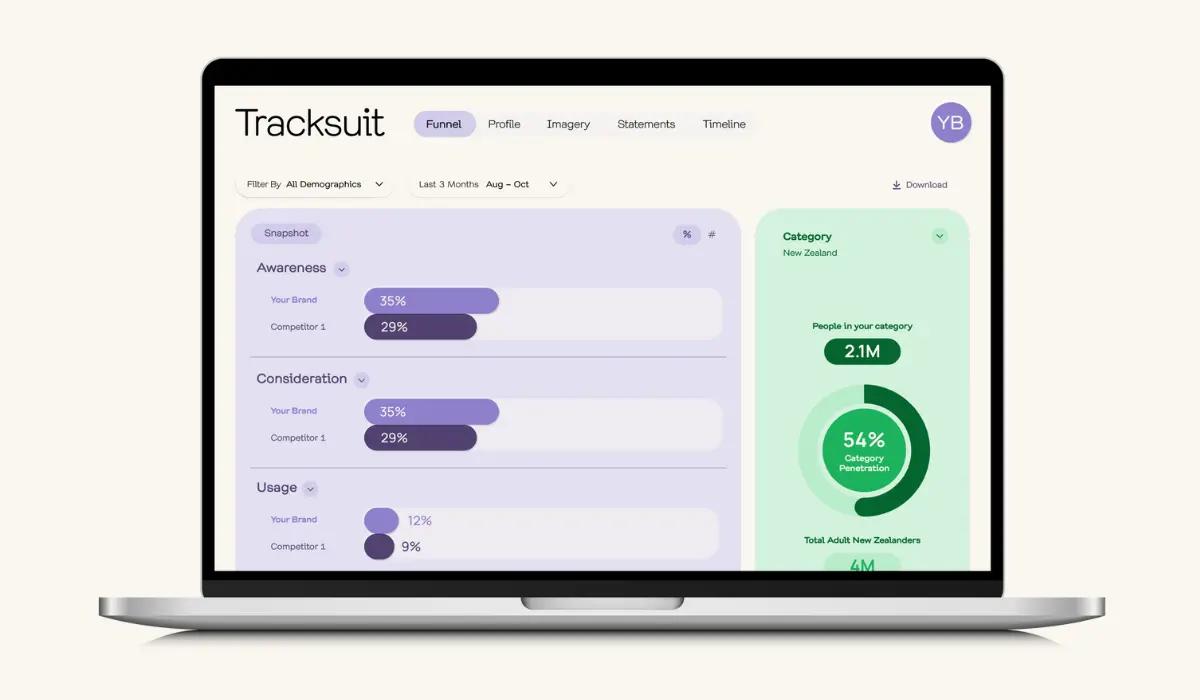
Plan what to do next
The best plans are the ones backed by data. Tracksuit’s beautiful and intuitive dashboard makes strategy setting simple by enabling you to conduct demographic deep dives, analyze your funnel, and identify opportunities for growth.
Find out what competing CPG brands are doing
See how you measure up against your competitors. Tracksuit can surface insights into how your target audience views similar brands, so you can strategically differentiate your offerings and sharpen your marketing messages. Access category benchmarking and competitor reviews to inform your strategy and identify areas for differentiation.
Communicate all things brand with your stakeholders
Not everyone wants to geek out on brand data, but your broader marketing team would appreciate easy-to-understand insights. Tracksuit helps you present data in a user-friendly and digestible way, so you can convey your findings with your leadership team, internal stakeholders, and external partners.
Grow your CPG brand (and marketing budget)
Brand ROI is notoriously difficult to measure. Tracksuit solves this pain point by providing performance metrics that demonstrate the value of your branding efforts. Whether you need to generate reports to justify your investments or you’re creating a presentation for next quarter's budgeting meeting, Tracksuit can help you win.
The finishing line 🏁
We know we’ve thrown a lot of info your way today, but hopefully it’s gotten your creative juices flowing. To stay ahead of the curve, it really boils down to understanding the latest marketing trends in the CPG space and crafting a truly brand-centric strategy. And with Tracksuit’s always-on brand tracking, we’ll power your brand management so you can grow your CPG brand and marketing budget, all while driving your ROI.



